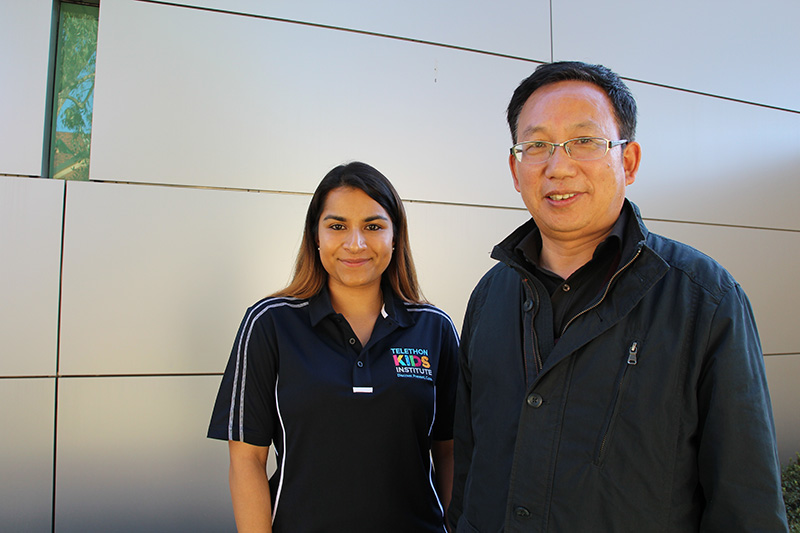Search
Research
Broad perspectives of allergen specific immunotherapyAllergen specific immunotherapy aims to subvert or divert immune responses to allergens to ones that do not cause immunological hypersensitivities.
Research
Clinical significance of circulating microRNAs as markers in detecting and predicting congenital heart defects in childrenIn this study, we aimed to investigate the usefulness of miRNAs as biomarkers in diagnosing and predicting children with congenital heart defects (CHD), particularly in the context of multiple subtypes of CHD.
Research
IgG Responses to Pneumococcal and Haemophilus Influenzae Protein Antigens Are Not Impaired in Children with a History of Recurrent Acute Otitis MediaVaccines including conserved antigens from Streptococcus pneumoniae & nontypeable Haemophilus influenzae have the potential to reduce of otitis media.
Research
Impact of the COVID-19 Pandemic on Tuberculosis ControlThroughout history, pandemics of viral infections such as HIV, Ebola and Influenza have disrupted health care systems, including the prevention and control of endemic diseases. Such disruption has resulted in an increased burden of endemic diseases in post-pandemic periods.

News & Events
Chinese immigrants in Australia at higher risk of allergies, research showsChinese immigrants who live in a Western environment like Australia have an increased risk of allergies, hay fever and asthma, new research led by Curtin University and The Kids Research Institute Australia has found.
Research
Molecular characterization of Der p 10: A diagnostic marker for broad sensitization in house dust mite allergyTropomyosins represent clinically relevant seafood allergens but the role of mite tropomyosin
Research
CD4 allergen tetramersThe introduction of class II tetramers for identifying antigen-binding CD41 cells has lagged behind the use of class I tetramers because of difficulties...
Research
Children with chronic suppurative lung disease have a reduced capacity to synthesize interferon-gamma in vitro in response to non-typeable Haemophilus influenzaeThe aim of this study was to identify features of innate, cell-mediated and humoral immunity that may increase susceptibility to respiratory infections in...
Research
Update of the WHO/IUIS Allergen Nomenclature Database based on analysis of allergen sequencesThis paper summarizes updates of allergen names approved at the meetings of the IUIS Allergen Nomenclature Sub-Committee in 2011 through 2013.
Research
Immune Responses to Allergens in Atopic Disease: Considerations for BioinformaticsAllergies are mediated by several immunological mechanisms that make different contributions in different patients.
